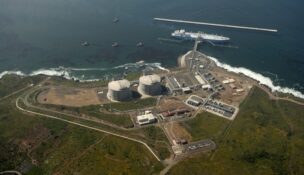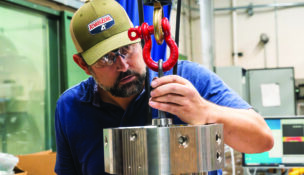A more sustainable – and just – future for Colorado
Colorado among Top 10 states for LEED and green construction; but there remains more work to accomplish
Patti Mason //April 27, 2017//


A more sustainable – and just – future for Colorado
Colorado among Top 10 states for LEED and green construction; but there remains more work to accomplish
Patti Mason //April 27, 2017//

For many, Colorado is a paradise, attracting new residents from across the country with its natural resources and forward-thinking attitudes. Among these attitudes is a dedication to sustainability. In fact, Colorado recently ranked second in the U.S. Green Building Council’s (USGBC) Top 10 States for LEED, and green construction is expected to contribute $23.92 billion to the state’s GDP, 281,000 jobs and $16.03 billion in labor earnings between 2015 and 2018.
Colorado is also one of the fastest growing states in the country. From 2015 to 2016, the Centennial state added more than 91,000 residents, a 1.7 percent increase. And while it’s good to celebrate Colorado’s success, too often vulnerable populations get overlooked in times of explosive growth. It’s vital that we prioritize environmental justice and human health as Colorado’s cities and communities continue to expand.
How can we encourage development without displacing at-risk communities?
How can we ensure that all children are attending schools that offer a healthy learning environment?
How can we work together to build a green economy that takes the triple-bottom line— all people, planet and profit—into account?
The U.S. Green Building Council Colorado made these questions a cornerstone of its 2017 Rocky Mountain Green Conference – the largest gathering of green building professionals in the region. The keynote speaker, Dr. Antwi Akom, is an urban technologist who focuses on developing products that make our communities smarter, more sustainable and more equitable. He is the founding partner at the Institute for Sustainable Economic Educational and Environmental Design, which developed Streetwyze, the world’s first neighborhood navigator app fueled by local knowledge.
Streetwyze users can input information about their communities, like where to buy fresh vegetables, how well the neighborhoods are served by public transportation, and which areas are walkable and safe.
Streetwyze is just one example of a community tool that democratizes data and helps provide access and opportunities.
In order for Colorado to grow with longevity in mind, we need to bring all voices to the table. It’s the only way we can adequately address the challenges facing this and the next generation, including climate change and income inequality.
Organizations like USGBC are working to address these challenges.
Through USGBC’s LEED, the world’s largest green building rating system, pilot credits like the newly added Social Equity credit have been developed to address the social impacts of building design and construction within the certification process. For instance, building owners can now receive LEED credits for paying fair wages or providing access to training programs designed develop a worker’s skills and opportunities. Another credit involves engaging local religious or neighborhood groups and ensuring that their input is included in the development process.
Developing models of sustainability that leaves no one behind must be a priority for Colorado’s green leaders. The only way to transform human health and promote environmental justice is to start a conversation. Together, we can create a healthy future for all Colorado residents by working together toward an equitable, greener future.






















